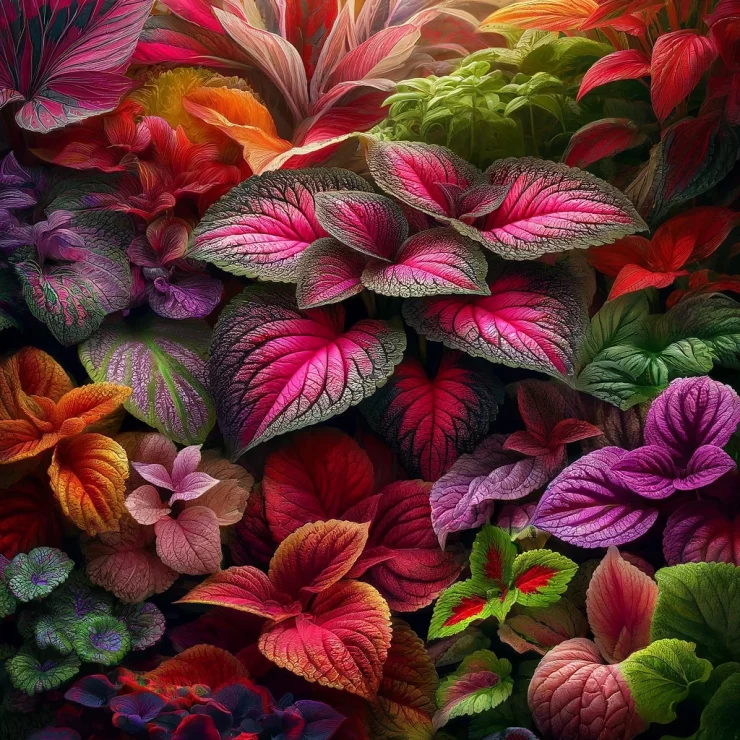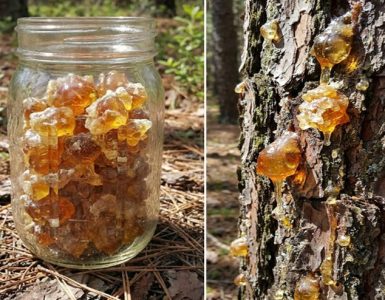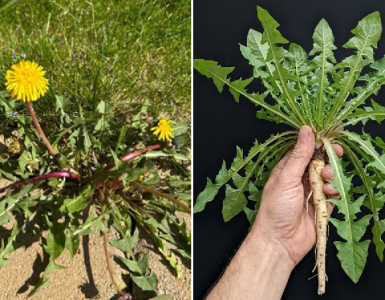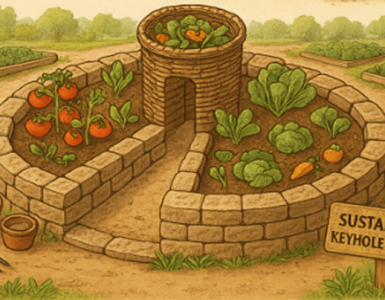Gardening enthusiasts and plant lovers are always on the lookout for new and exciting ways to add color and vibrancy to their green spaces. One such plant that has been gaining popularity for its stunning foliage resembling flowers all year round is the colorful Coleus. Not only is Coleus a visual delight, but it’s also incredibly easy to propagate, making it a favorite among both seasoned gardeners and beginners alike.
The Beauty of Coleus Foliage:
Coleus plants, scientifically known as Solenostemon scutellarioides, are prized for their vibrant and diverse foliage. Available in a wide range of colors, patterns, and leaf shapes, Coleus plants can instantly brighten up any garden or indoor space. From deep purples and rich greens to bright oranges and fiery reds, the foliage of Coleus plants resembles a beautiful bouquet of flowers, adding visual interest and drama to any landscape.
Propagating Coleus: A Simple Guide
The best part about Coleus plants is that they are incredibly easy to propagate, making them an ideal choice for gardeners looking to expand their collection without breaking the bank. Here’s a simple guide to propagating Coleus plants:
- Propagation from Stem Cuttings:
Select a healthy and mature Coleus plant with vibrant foliage.
Using a clean and sharp pair of scissors or pruning shears, snip a 4-6 inch stem cutting just below a leaf node.
Remove the lower leaves from the cutting, leaving only a few leaves at the top.
Dip the cut end of the stem in a rooting hormone powder to encourage root growth (optional).
Plant the cutting in a well-draining potting mix and water thoroughly.
Place the pot in a warm, bright location away from direct sunlight.
Keep the soil consistently moist but not waterlogged.
Within a few weeks, roots will begin to develop, and new growth will emerge from the cutting.
Once the cutting has established roots and new growth, it can be transplanted into its permanent location in the garden or a decorative container. - Propagation from Division:
For mature Coleus plants, propagation can also be achieved through division.
Carefully remove the plant from its container or the ground, taking care not to damage the roots.
Gently tease apart the root ball to separate the plant into smaller sections, ensuring that each section has healthy roots and foliage.
Plant the divided sections in individual pots or directly into the garden soil.
Water the newly divided plants thoroughly and keep them in a warm, bright location until they establish roots and begin to grow.
Endless Possibilities with Coleus:
Whether you’re looking to add a pop of color to your garden beds, borders, or containers, Coleus plants offer endless possibilities. Their striking foliage and ease of propagation make them a versatile choice for both indoor and outdoor gardening projects. So why not unleash your creativity and experiment with different color combinations and planting schemes to create a stunning display that will be the envy of all your neighbors?
Propagating Coleus plants is not only incredibly easy but also a rewarding experience for gardeners of all skill levels. With their super colorful foliage that resembles flowers all year round, Coleus plants are sure to become a cherished addition to any garden or indoor space. So go ahead, give propagation a try, and watch as your garden comes alive with the vibrant beauty of Coleus!






Add comment